Arastradero Nature Preserve
Arastradero Nature Preserve
On Saturday D. and I went to Arastradero Preserve, and I took these pics.
Yellow Fleur Is Yellow.

(Mystery yellow flower in a newly planted section by the parking lot.)
Common Checkerbloom, part of the mallow family.

Redtail Loop Trail winds through grassland savanna habitat.

Common Fiddleneck.

White-stem Filaree.


Spiky thistle is spiky. Major big owie if touched!

California Manroot, with ant.

This scrub jay has found something for lunch.
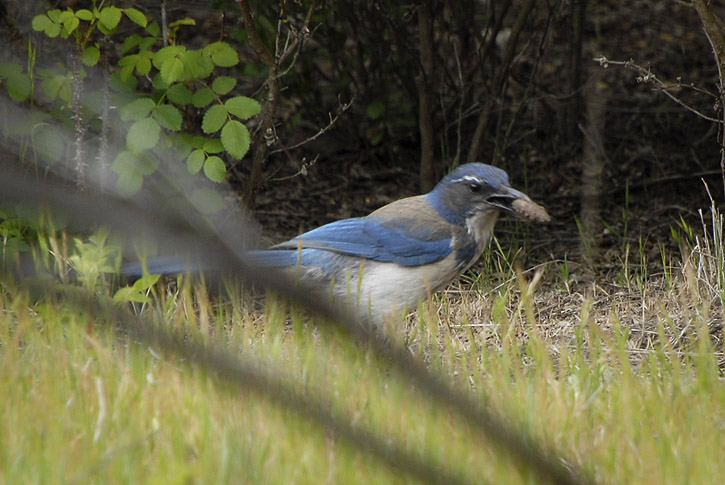
Poison oak is in bloom. Look but don't touch!

Native California blackberry.

California Buttercup.

Blue-eyed Grass, an iris relative.

A brand-new nest box, probably for bluebirds.

California poppies.


Meadowlark Trail, with poppies.

Ithuriel's Spear.

A quartet of poppies.

Ookow is popular with little bugs.

The Meadowlark Trail leads through grasslands along a ridge.

Views from the Meadowlark Trail.


Yellow Field Mustard is a typical grassland sight in the spring, often turning entire hillsides yellow with their blossoms.

As the trail rises and turns southwest, we begin to catch glimpses of Stanford University's radiotelescopes, Big Dish and Little Dish.

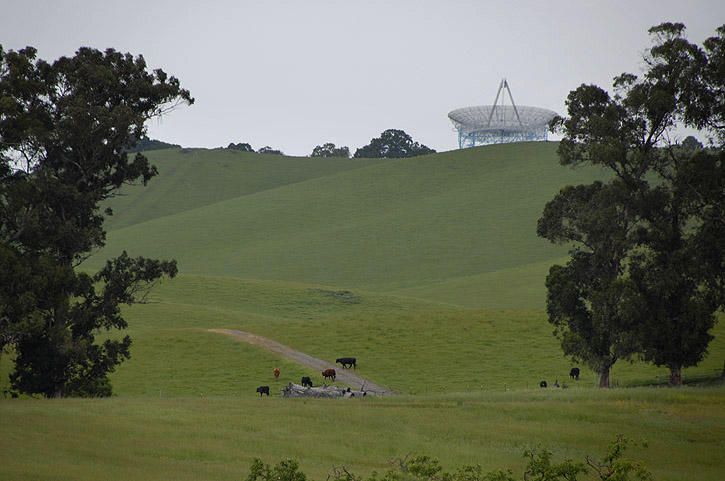
Long-Beaked Filaree.

In many places along the trail, the grass is taller than I am.

A dead tree, or snag, makes an ideal perch for raptors scanning the fields for prey.

More of the Meadowlark Trail.

An American Kestrel sits atop the snag with a mouse it has just caught.

A horse grazes peacefully in a pasture across the road from the Preserve.

Ripgut Brome is one of the many European annual grass species that have displaced a large portion of the native grassland vegetation throughout California.

Wild oat.
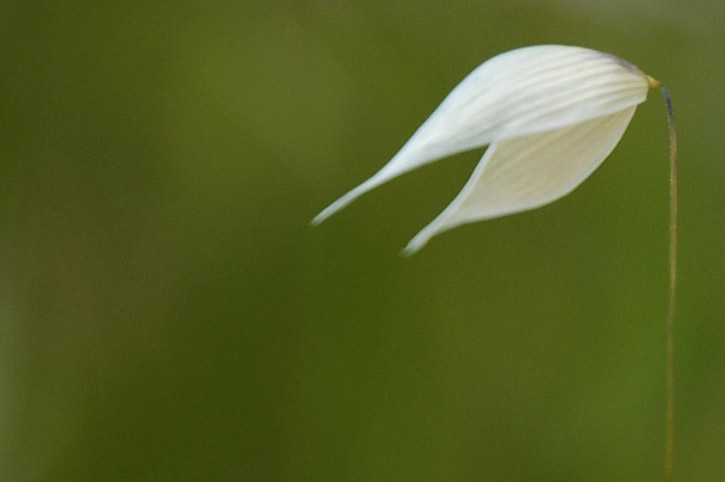
Cyclists on the Meadowlark Trail.
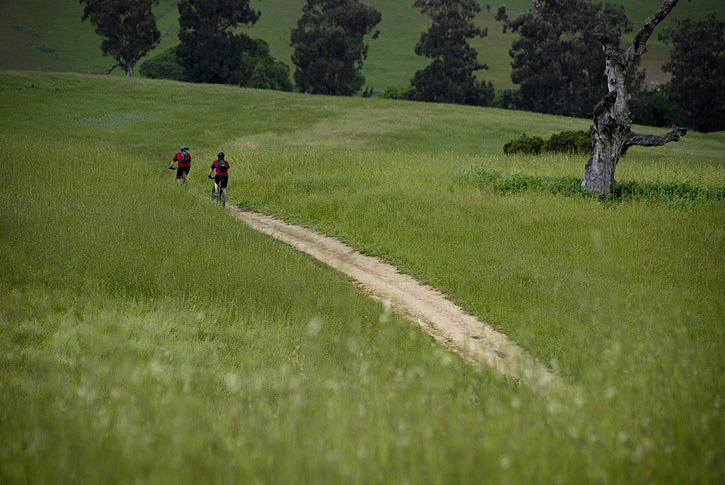
Another fiddleneck beginning to bloom.

More views of the grassland habitat along the trail.


Milk Thistle is another non-native plant widely naturalized throughout the region.

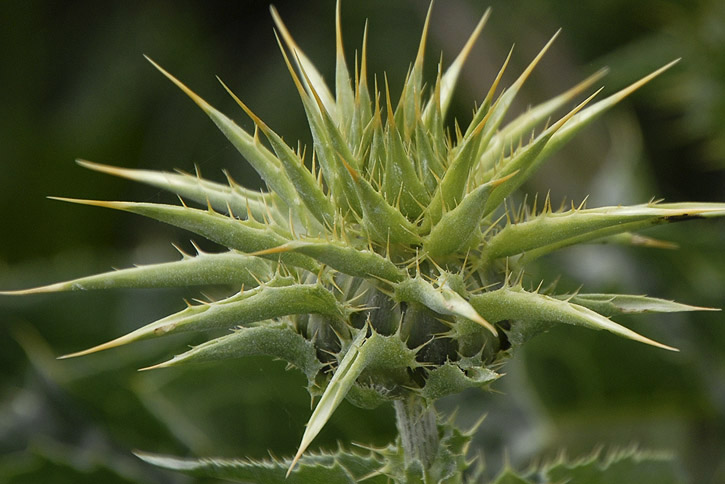
A western fence lizard suns itself on a huge fallen tree trunk.

Another thistle.

Looking back up the Meadowlark Trail.
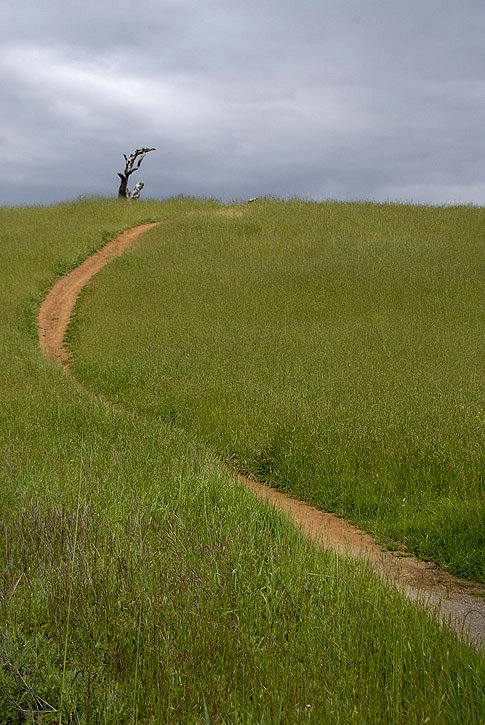
This is not an apple, but an oak gall, formed by a wasp for her larvae.

The view along the De Anza Trail.

Teasel.

Pale Flax.

Shepherd's Needle is distantly related to the carrot. Its flowers are tiny.

Butterfly (possibly a hairstreak) on California Burclover.
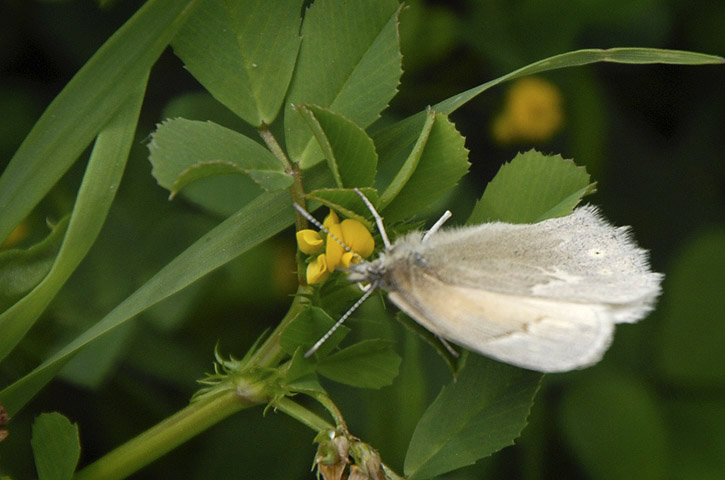
More blue-eyed grass.

The view along the Ohlone Trail.

Spring Vetch, a member of the pea family.

Cut-leaf Geranium blossoms are tiny.

A section of the preserve is closed for habitat restoration, but just beyond the preserve's boundary the Palo Alto Hills Golf and Country Club (middle distance) puts tremendous effort into artificially maintained landscaping -- an ironic juxtaposition.

The oak canopy overhead as we start down the Acorn Trail.

Field mustard and fly.

Pitcher Sage can tolerate very hot dry climates.

Another buttercup along the Acorn Trail.
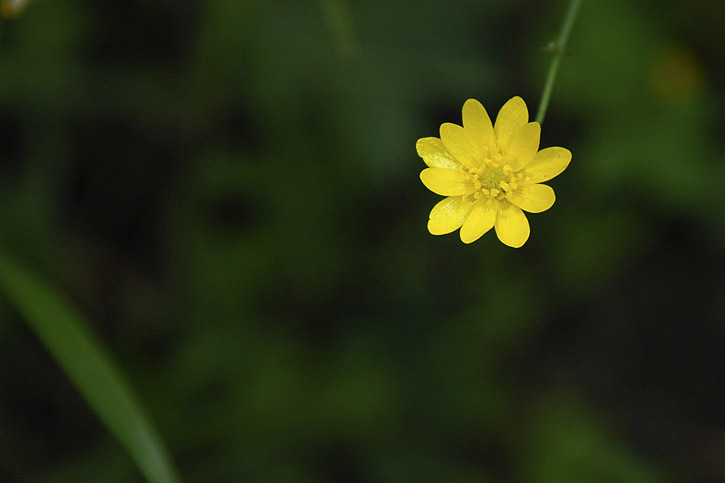
This field trip is brought to you by Nest Box 86!

And by Nest Box 68!

And by Nest Box 5!

Blue Witch grows in low-elevation oak woodlands in California. A member of the nightshade family, it is poisonous.
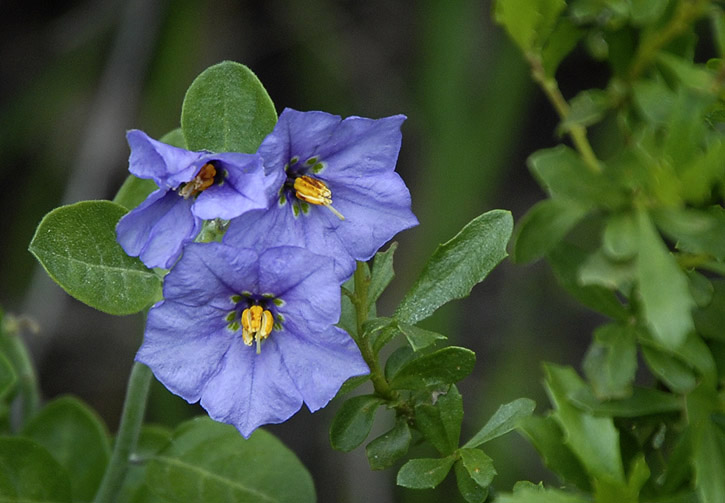
A hillside on the Arastradero Creek Trail shows a typical grassland savanna habitat.


Winter Vetch grows all over the hillside.

Silvery Blue butterfly on vetch, a host plant for its larvae.

Looking back down the Arastradero Creek Trail.

Valley Oaks are a dramatic presence in the grasslands.

On our way back we pass by Arastradero Lake, a remnant from the ranching days.



A few ruddy ducks are swimming in the lake. During courtship, the male displays by holding his tail straight up, beating his breast with his bill and blowing bubbles in the water.


This one seems to be itchy. Every 2 or 3 seconds she twists around to scratch a different spot all across the lake.
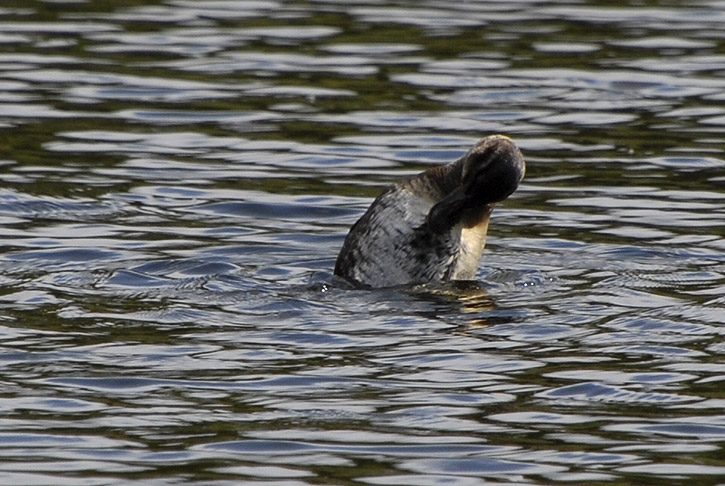
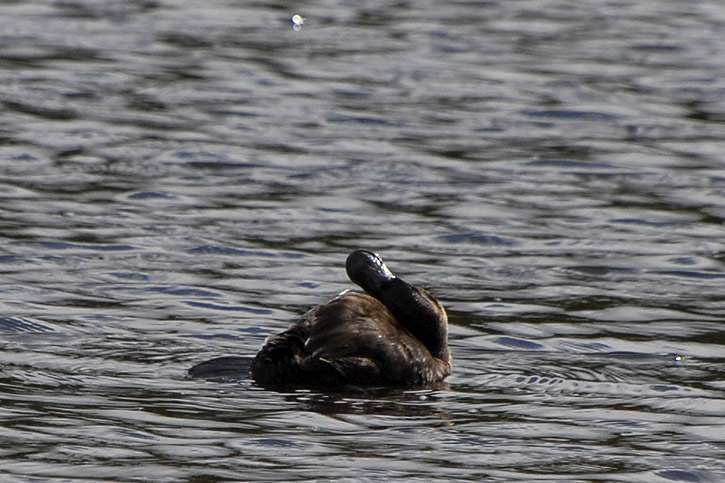
As the sun lowers into late afternoon and shadows lengthen, poppies begin to close their petals for the night.


In the early 1970s a developer wanted to build over 1700 new homes on this land. The Palo Alto City Council wanted to keep the land as open space, so they purchased over 400 acres and added more over the years to ensure the preserve would exist to save the fragile foothills ecology for future generations.
.
On Saturday D. and I went to Arastradero Preserve, and I took these pics.
Yellow Fleur Is Yellow.

(Mystery yellow flower in a newly planted section by the parking lot.)
Common Checkerbloom, part of the mallow family.

Redtail Loop Trail winds through grassland savanna habitat.

Common Fiddleneck.

White-stem Filaree.


Spiky thistle is spiky. Major big owie if touched!


California Manroot, with ant.

This scrub jay has found something for lunch.

Poison oak is in bloom. Look but don't touch!


Native California blackberry.

California Buttercup.

Blue-eyed Grass, an iris relative.

A brand-new nest box, probably for bluebirds.

California poppies.


Meadowlark Trail, with poppies.

Ithuriel's Spear.

A quartet of poppies.

Ookow is popular with little bugs.

The Meadowlark Trail leads through grasslands along a ridge.

Views from the Meadowlark Trail.


Yellow Field Mustard is a typical grassland sight in the spring, often turning entire hillsides yellow with their blossoms.

As the trail rises and turns southwest, we begin to catch glimpses of Stanford University's radiotelescopes, Big Dish and Little Dish.


Long-Beaked Filaree.

In many places along the trail, the grass is taller than I am.

A dead tree, or snag, makes an ideal perch for raptors scanning the fields for prey.

More of the Meadowlark Trail.

An American Kestrel sits atop the snag with a mouse it has just caught.

A horse grazes peacefully in a pasture across the road from the Preserve.

Ripgut Brome is one of the many European annual grass species that have displaced a large portion of the native grassland vegetation throughout California.

Wild oat.

Cyclists on the Meadowlark Trail.

Another fiddleneck beginning to bloom.

More views of the grassland habitat along the trail.


Milk Thistle is another non-native plant widely naturalized throughout the region.


A western fence lizard suns itself on a huge fallen tree trunk.

Another thistle.

Looking back up the Meadowlark Trail.

This is not an apple, but an oak gall, formed by a wasp for her larvae.

The view along the De Anza Trail.

Teasel.

Pale Flax.

Shepherd's Needle is distantly related to the carrot. Its flowers are tiny.

Butterfly (possibly a hairstreak) on California Burclover.

More blue-eyed grass.

The view along the Ohlone Trail.

Spring Vetch, a member of the pea family.

Cut-leaf Geranium blossoms are tiny.

A section of the preserve is closed for habitat restoration, but just beyond the preserve's boundary the Palo Alto Hills Golf and Country Club (middle distance) puts tremendous effort into artificially maintained landscaping -- an ironic juxtaposition.

The oak canopy overhead as we start down the Acorn Trail.

Field mustard and fly.

Pitcher Sage can tolerate very hot dry climates.

Another buttercup along the Acorn Trail.

This field trip is brought to you by Nest Box 86!


And by Nest Box 68!


And by Nest Box 5!


Blue Witch grows in low-elevation oak woodlands in California. A member of the nightshade family, it is poisonous.

A hillside on the Arastradero Creek Trail shows a typical grassland savanna habitat.


Winter Vetch grows all over the hillside.

Silvery Blue butterfly on vetch, a host plant for its larvae.

Looking back down the Arastradero Creek Trail.

Valley Oaks are a dramatic presence in the grasslands.

On our way back we pass by Arastradero Lake, a remnant from the ranching days.



A few ruddy ducks are swimming in the lake. During courtship, the male displays by holding his tail straight up, beating his breast with his bill and blowing bubbles in the water.


This one seems to be itchy. Every 2 or 3 seconds she twists around to scratch a different spot all across the lake.


As the sun lowers into late afternoon and shadows lengthen, poppies begin to close their petals for the night.


In the early 1970s a developer wanted to build over 1700 new homes on this land. The Palo Alto City Council wanted to keep the land as open space, so they purchased over 400 acres and added more over the years to ensure the preserve would exist to save the fragile foothills ecology for future generations.
.